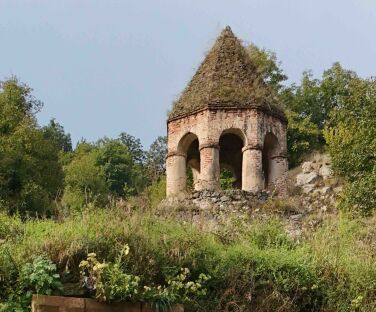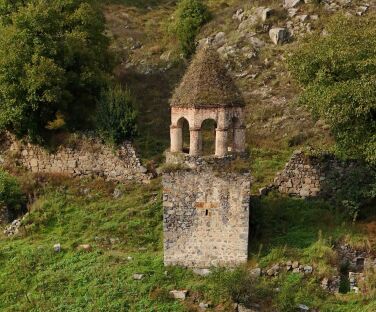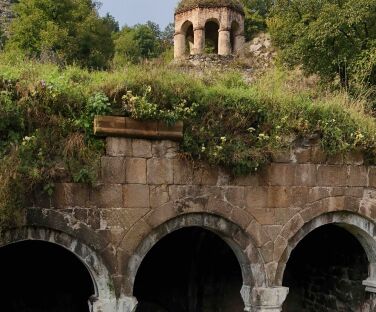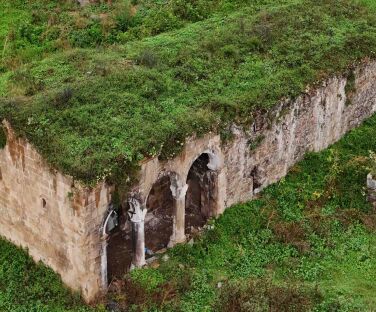Mahrasa Monasteryin Gadabay
The Mahrasa Monastery Complex, perched on the left bank of the Shamkir River in the serene landscape of the Gadabay district, was the center of the Caucasian Albania catholicism in the 12th century. This monastery is also known as the “Moon” Temple.
The word "Mahrasa" originates from the combination of the Persian and Turkic words "mah" meaning "moon" and "rasad" referring to a place for observing celestial bodies. The scientific analysis of the term "Mahrasa" confirms that this structure was initially regarded as a sacred site dedicated to moon worship and celestial observation.
Although Christianity and Islam were dominant religions in the region during that period, some Albanians who worshiped the moon retreated to the mountains, preserving their ancient beliefs for centuries. The naming of the monument as "Mahrasa" stems from this historical fact. Even in the early 4th century, when Christianity spread in Caucasian Albania, this monastery functioned as one of the significant temples of Zoroastrianism in the region.
Researchers have not been able to determine the exact date of the monastery's construction, but studies suggest it dates to ancient times.
The foundation of the Monastery was laid in a cave on the left bank of the Shamkir River. This location was chosen as a residence by the Caucasian Albania Catholicos John VI, appointed by the Atabeg prince Amir Amiran Omar in 1195.
During the first Mongol invasions of Azerbaijan in the 13th century, the Mongol army passed through the Mughan plain, occupying Shamkir, Charek, Gadabay, and the Girdiman regions. As a result of this invasion, the center of the Albanian Patriarchate, was moved to the Gandzasar Monastery in Kalbajar in 1240.
The mentioned ancient structure is not only of historical value but also one of the rare masterpieces of craftsmanship.







